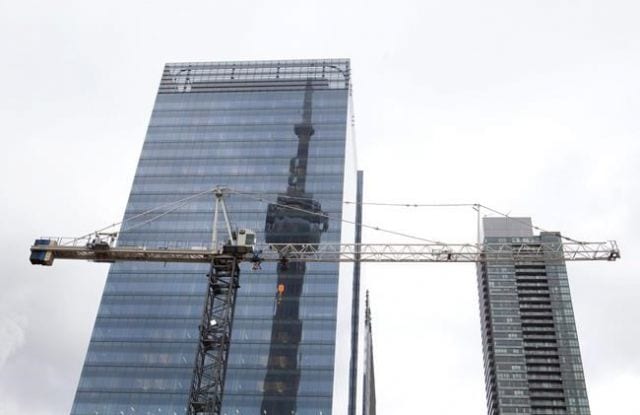
Dedicated rental buildings making a comeback
Matthew Boukall remembers a couple of years back at a conference in Calgary, where someone got confused over the difference between condo and rental apartment builds.
“People had only seen condo apartments for so long, that they forgot people built rental,” said Boukall, a vice-president at real estate services firm Altus Group.
Decades of under-investment made dedicated rental buildings an afterthought for many, but the industry has been quietly gathering momentum and attracting deep-pocketed investors.
Some 72,000 rental units were under construction across the country in the last quarter according to Canada Mortgage and Housing Corp. That’s up by more than 12,500 from a year ago, double the level of five years ago, and almost five times the number that were being built a decade ago.
The recent growth — propelled by a combination of a rising population, increasingly out of reach home ownership and a lack of rental supply — has come about gradually enough that many haven’t noticed, said Boukall.
“It’s come along slowly, where I don’t think it has shown up on a lot of people’s radar.”
The market, however, is now booming, with record investment of $8.3 billion last year according to real estate firm CBRE, while PwC said in its latest real estate outlook that the sector’s landscape is “stronger than it has been at any other time in history.”
The resurgence in dedicated rental buildings is important because they provide more stability for renters than individual condo rentals, which owners can take off the market with little notice, while many cities are desperate for new rental stock to address extremely low vacancy rates.
The low vacancy rates, which are under one per cent in Toronto and Vancouver, have pushed rents up in major cities, helping to attract more institutional and private equity investors who like the improving returns on rentals as well as the long-term cash flows they provide.
Rental builds also provide diversification for big developers, like RioCan and Oxford Properties, which have been looking to make better use of the sprawling footprint of their mall parking lots and retail spaces.


